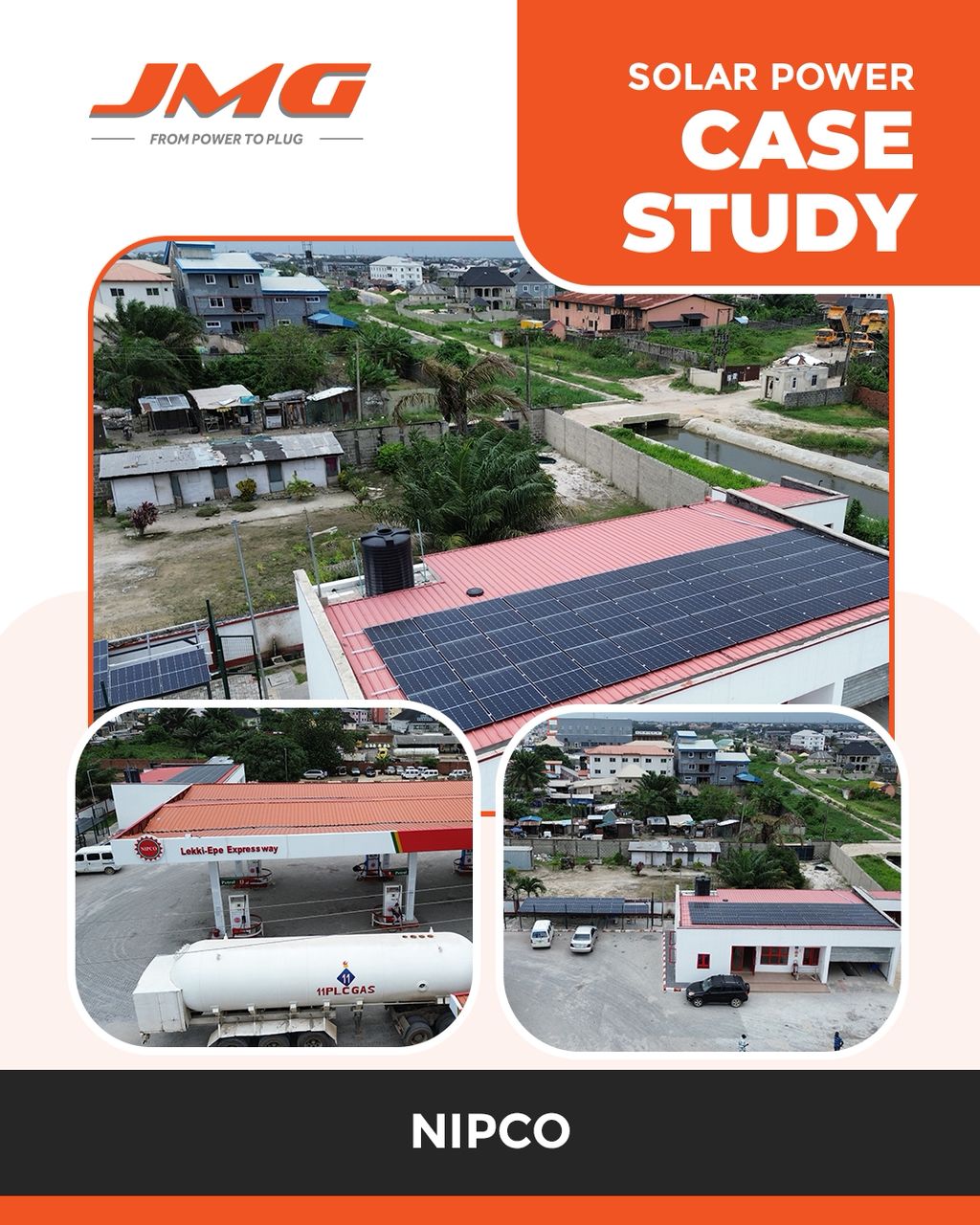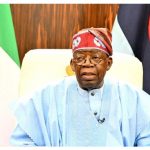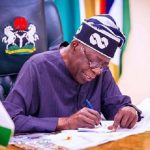Brands/Products
SweepSouth Acquires Filkhedma to Penetrate Egyptian Market

By Modupe Gbadeyanka
An Egyptian start-up, Filkhedma, has been acquired by SweepSouth, a South African-based company also currently operating in Kenya and Nigeria.
“We are thrilled to have Filkhedma as part of the SweepSouth family,” the CEO and co-founder of SweepSouth, Ms Aisha Pandor, stated.
“It’s not only their services that align with ours, but also their values and culture. Just like us, Filkhedma is passionate about providing quality and trusted home services, while creating work opportunities for those who need it most,” she added.
“We’ve proven our technology and operational expertise in numerous markets in sub-Saharan Africa, and this acquisition gives us the opportunity to extend that reach into Egypt, a huge market with millions of households.
“Coming together with the Filkhedma team represents the next phase of building SweepSouth into a global platform that will continue to expand our services not only on the continent but further abroad as well,” the co-founder of the firm, Mr Alen Ribic added.
Filkhedma is Egypt’s leading home services marketplace operating across three regions on the continent and serving tens of thousands of customers with cleaning, maintenance, and beauty services while empowering over 2,000 service providers through technology with consistent incomes and professional development.
“We are happy with this incredible milestone and excited about joining forces with the SweepSouth team to fulfil our vision of empowering providers and delivering quality services in Africa and beyond.
“We already have well over 2 000 service providers on our platform and we’re confident that with the backing of SweepSouth, we will be able to sign up many more and expand into neighbouring countries, too,” the CEO of Filkhedma, Mr Omar Ramadan, stated.
Under the new arrangement, Mr Ramadan will play a key role in the executive team of the combined entity and that all employees of Filkhedma will stay on.
The acquisition means that SweepSouth will be one of a few African start-ups operating in the continent’s four key tech ecosystems of South Africa, Egypt, Kenya, and Nigeria. It also means that all markets will have access to new services almost immediately, while the company as a whole will be primed for further expansion into other parts of Africa and the Middle East.
For South Africa, the biggest change will be the imminent rollout of beauty services. This will include manicures and pedicures, hair care and makeup services that can be done at home. This not only gives SweepSouth customers access to more services, but it also gives entrepreneurs in the field the opportunity to list on the platform. This, in turn, allows access to a larger pool of potential customers.
For Egypt, the company will benefit from SweepSouth’s technology, as well as the indoor and outdoor home cleaning services already available in South Africa, Kenya and Nigeria.
Naspers Foundry Head, Fabian Whate, said, “This acquisition has the potential to yield significant synergies. Filkhedma is an excellent business and is aligned to SweepSouth’s ambitions to expand its service offering and gain access to high growth markets across the region.
“Egypt’s growing middle class and rising financial inclusion and internet penetration, offer huge opportunities for the combined home services platform of the two companies. Helping high-potential early-stage tech companies scale is central to what Naspers Foundry does and we’re particularly excited about this milestone in SweepSouth’s journey.”
“We are very excited to see this partnership happen and the prospects of this combined entity,” said Tarek Assaad, Managing Partner at Algebra Ventures, the lead investor in Filkhedma. “Filkhedma pioneered the home services industry to become the largest player in Egypt, and this consolidation with SweepSouth demonstrates the parallel fits between Egypt and Sub-Saharan Africa. Companies partnering across the continent pave the way to cross-border investments, and highlight that we are one step closer in addressing the untapped opportunities existing in Africa’s key markets.”
“Egypt has been a strong economic player on the continent for many years,” notes Pandor. “The country has a strong, and growing, middle-class that has been underserved in the domestic home services arena. With a compelling economic growth track record and outlook, and an economy that has been resilient in the face of challenging times, it made sense for us to eye this market for our next big leap.”
“We are entering a rapid growth phase and executing on a number of other new country launches in 2022,” adds Pandor. “Having the Filkhedma team on board is particularly exciting as it’s an intra-African acquisition by two companies in the same vertical. This acquisition almost doubles our addressable market on the continent and enhances the products and services that we already offer.”
“We are particularly excited about the growth prospects this acquisition presents us with,” Ramadan notes. “Already we have a string of new software updates coming thanks to this acquisition and we are also able to offer our expertise in onboarding our popular services, such as air conditioning technicians, satellite dish installations and home appliance repairs, in other regions.”
“I look forward to working with Aisha, her co-founder Alen Ribic, and their team as we enter this exciting new chapter,” he concludes.
Brands/Products
JMG Installs Solar Power Systems at Three NIPCO Fuel Stations

By Aduragbemi Omiyale
Nigeria’s trusted hybrid and integrated electromechanical energy provider, JMG Limited, has completed the installation of solar power systems at three key fuel stations of NIPCO Plc.
The clean energy source was installed at NIPCO’s petrol dispensing outlets in Gwagwalada Abuja, Lekki Lagos, and Mpape Abuja.
This will help the organisation eliminate diesel reliance, and unlock more than N44 million in annual energy cost savings.
The installations feature advanced hybrid systems, combining solar arrays, lithium battery storage, and smart inverters to provide 24/7 energy for fuel pumps, lighting, and office operations. Each site has reported zero use of electricity or generator power since the systems were installed.
The three NIPCO stations now run on an advanced hybrid solar system that combines high‑efficiency PV panels, intelligent lithium‑battery storage and smart inverters.
Since commissioning, the sites have operated with zero grid or generator power, providing silent, clean, uninterrupted electricity for pumps, lighting and administration.
“We are proud to help NIPCO lead the energy transition at the retail level.
“The scalable architecture can be sized to each location and has already delivered significant savings, about 88,535 kWh/year, N44.4 million in annual cost savings and a 43.8‑tonne reduction in CO₂ emissions,” the Head of JMG’s Hybrid Solar Division, Mr Abbass Hussein, stated, adding that, “Collaborating with NIPCO on this initiative demonstrates a practical pathway for other firms to reduce both emissions and energy expenses.”
Also commenting, NIPCO’s Station Manager at Gwagwalada, Mr Idoko Jacob, said, “The stations have not relied on electricity or generator power on bright-weather days since commissioning. The solar systems fully meet our daily energy needs during such periods. On days with poor weather, we supplement the solar system with generator power to ensure uninterrupted operations.”
Business Post gathered that the NIPCO Gwagwalada Station has a solar output of 42,450 kWh/year, annual savings of N15.6 million, and CO₂ reduction of 15,332.76 kg/year, with a system installed consisting of a 20kW Deye LV Hybrid Inverter, 26.8kWp Solar PV, and 51.2kWh Lithium Battery Storage.
The NIPCO Lekki Station has a solar output of 3,635 kWh/year, annual savings of N12 million, and CO₂ reduction of 13,130.1 kg/year, with a system installed consisting of a 25kW Must Hybrid Inverter, 22.95kWp Solar PV, and 76.8kWh Lithium Battery Storage.
As for the NIPCO Mpape Station, it has a solar output of 42,450 kWh/year, annual savings of N16.8 million, and CO₂ reduction of 15,332.76 kg/year, with a system installed consisting of a 20kW Deye LV Hybrid Inverter, 26.8kWp Solar PV, and 61.44kWh Lithium Battery Storage.
Brands/Products
MAGGI Unveils ‘Taste of Christmas’ Campaign

MAGGI, the culinary brand from Nestlé Nigeria, has announced the launch of its festive campaign, Taste of Christmas, designed to celebrate the sights, sounds, and flavours that define the Nigerian Christmas experience.
Central to the campaign is a collaboration with Nigeria’s fast-rising pop star Qing Madi and the renowned Loud Urban Choir, resulting in a new Christmas anthem titled Taste of Christmas.
Now available across all major music streaming platforms, the song blends contemporary sound with cultural warmth, evoking the joy of family, togetherness, and shared meals that characterize the season.
Extending beyond music, the Taste of Christmas campaign will roll out a curated series of festive recipes and culinary inspiration over a 12-day period. The collection features creative twists such as Coco Bongus, alongside beloved Nigerian classics, encouraging families to explore new flavours while enjoying MAGGI’s trusted range of seasonings.
Commenting on the campaign, the Category Manager for Culinary at MAGGI, Ms Funmi Osineye, said, “Christmas is a time when family, culture, and shared experiences come alive. With the Taste of Christmas campaign, we set out to create a platform that resonates strongly with today’s young adults while still celebrating the warmth of home. Partnering with Qing Madi and The Loud Urban Choir allows us to connect music and food in a way that feels authentic, modern, and deeply Nigerian.”
The campaign further reflects MAGGI’s commitment to celebrating home-grown talent, nurturing culinary creativity, and strengthening the role of food as a unifying force in Nigerian homes.
Consumers can access festive recipes, campaign content, and the Taste of Christmas anthem on MAGGI’s digital platforms and social media channels. Conversations around the campaign can be followed using #MAGGIChristmas.
MAGGI is a leading culinary brand from Nestlé Nigeria, committed to inspiring better cooking habits and bringing families together through delicious, nutritious meals.
Brands/Products
FG Suspension of Sachet Alcohol Ban Excites NECA

By Modupe Gbadeyanka
The decision of the federal government to suspend the ban on alcohol produced in sachets has been welcomed by the Nigeria Employers’ Consultative Association (NECA).
The Director-General of the group, Mr Adewale-Smatt Oyerinde, described it as a right step in the right direction because it respects existing National Assembly resolutions and restores regulatory clarity.
Recall that recently, the Office of the Secretary to the Government of the Federation (OSGF) ordered the suspension of the policy due to concerns raised by the House of Representatives Committee on Food and Drugs Administration and Control.
In a statement, the NECA chief said the immediate suspension of all enforcement actions relating to the proposed ban on sachet alcohol and 200ml PET bottle products, pending the conclusion of consultations and the issuance of a final policy directive, was good for the industry and the economy.
According to him, the sachet and PET segment of the alcoholic beverage industry accounts for a significant portion of the estimated N800 billion invested in the sector and supports thousands of direct and indirect jobs in manufacturing, packaging, logistics, wholesale and retail.
He stressed that in an economy already struggling with high unemployment and rising business costs, abrupt policy measures that threaten existing jobs and legitimate investments would be counterproductive.
“We fully acknowledge the need to address public health concerns, especially regarding children and young people, but the solutions must be evidence-based and carefully designed so as not to drive activities into the informal and unregulated economy or encourage illicit products.
“We are looking forward to a deepened consultation to enable the protection of jobs, livelihoods and legitimate investments, etc., while also ensuring that public health objectives are effectively and sustainably achieved,” Mr Oyerinde said.
-

 Feature/OPED6 years ago
Feature/OPED6 years agoDavos was Different this year
-
Travel/Tourism9 years ago
Lagos Seals Western Lodge Hotel In Ikorodu
-

 Showbiz3 years ago
Showbiz3 years agoEstranged Lover Releases Videos of Empress Njamah Bathing
-

 Banking8 years ago
Banking8 years agoSort Codes of GTBank Branches in Nigeria
-

 Economy3 years ago
Economy3 years agoSubsidy Removal: CNG at N130 Per Litre Cheaper Than Petrol—IPMAN
-

 Banking3 years ago
Banking3 years agoFirst Bank Announces Planned Downtime
-

 Banking3 years ago
Banking3 years agoSort Codes of UBA Branches in Nigeria
-

 Sports3 years ago
Sports3 years agoHighest Paid Nigerian Footballer – How Much Do Nigerian Footballers Earn

























